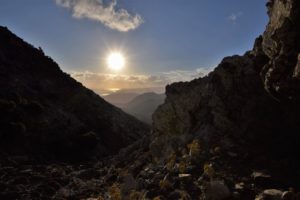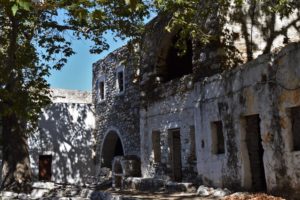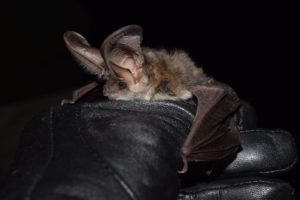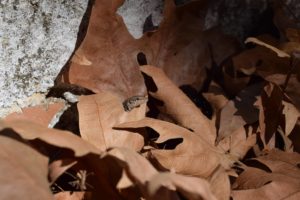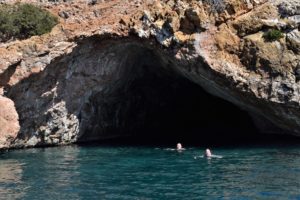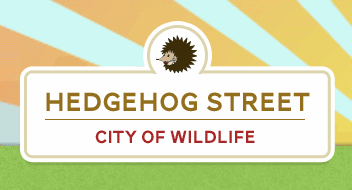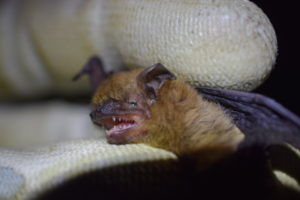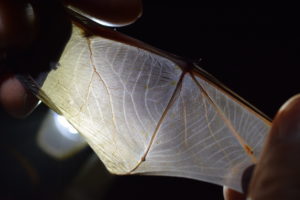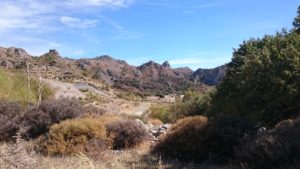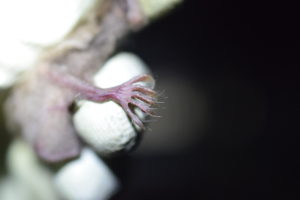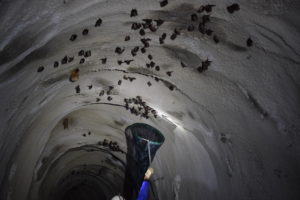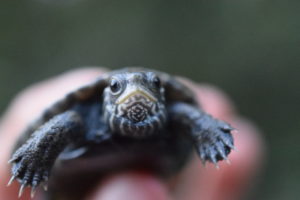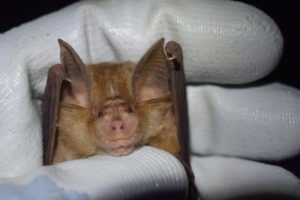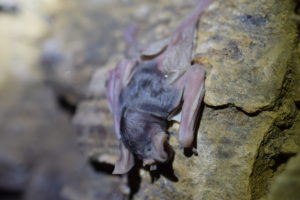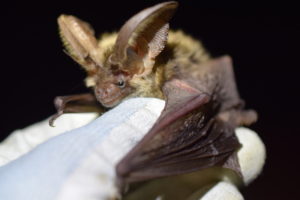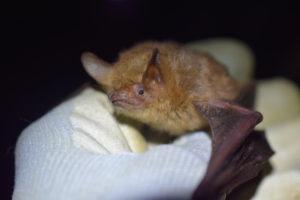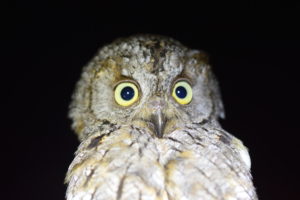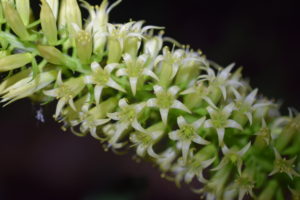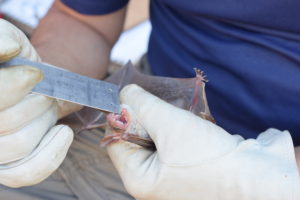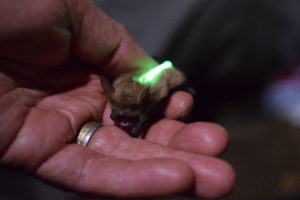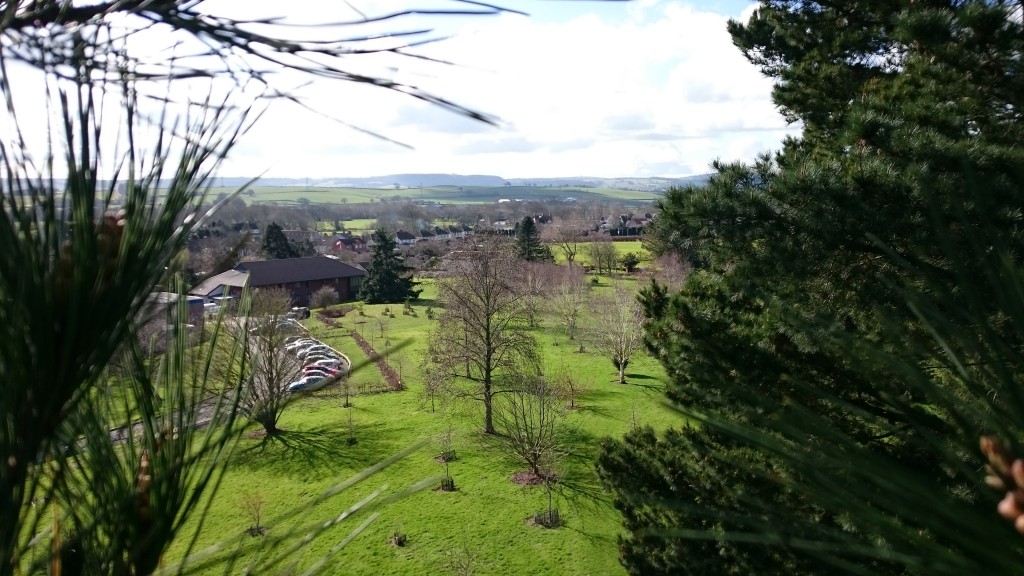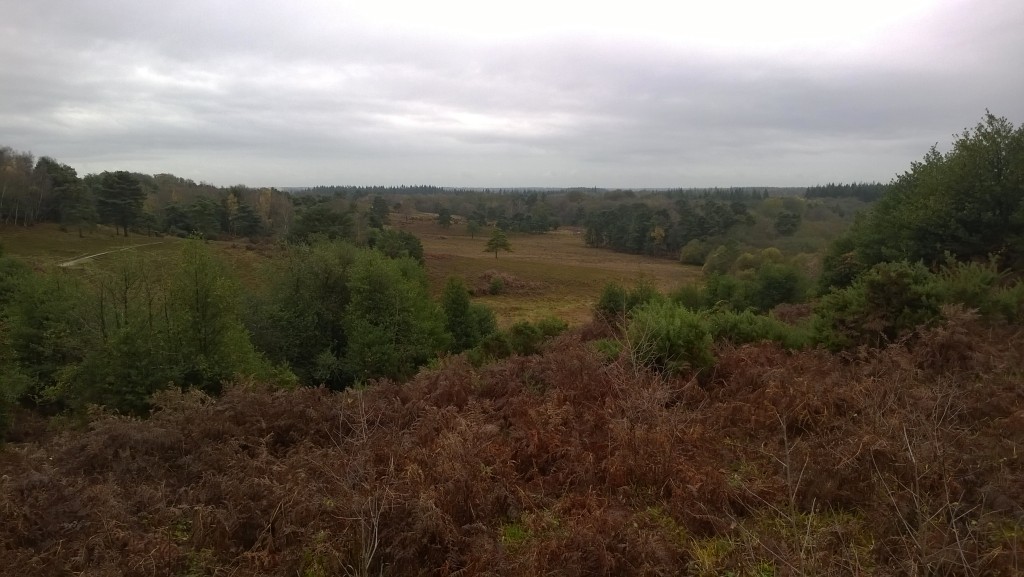Naxos was a very diverse island, from fertile little pockets of soil around the coast, to rocky mountains and deciduous woodland. As we stayed with a local who knew the island well and who was more than happy to come out with us each day, we covered a lot of ground including several abandoned villages and some old emery mines. And, for the very first time we went on a fishing boat to explore sea caves!
We again came across my favourite bat, the Balkan Long-eared, who obliged us by being very quiet in the hand so we could take a range of measurements. Below the species list are some photos from the trip with some of the species observed in the hand. Just click on the photos below to enlarge them.
Our species list for Naxos, from both trapping and sound recordings, included:
| Common Name: | Latin Name: |
| Greater Horseshoe | Rhinolophus ferrumequinum |
| Lesser Horseshoe | Rhinolophus hipposideros |
| Blasius’ Horseshoe | Rhinolophus blasii |
| Common Pipistrelle | Pipistrellus pipistrellus |
| Kuhl’s Pipistrelle | Pipistrellus kuhlii |
| Savi’s Pipistrelle | Hypsugo savii |
| Greater Mouse-eared | Myotis myotis |
| Whiskered bat | Myotis mystacinus |
| Geoffroy’s bat | Myotis emarginatus |
| Long-fingered bat | Myotis capaccinii |
| European Free-tail | Tadarida teniotis |
| Balkan Long-eared | Plecotus kolombatovici |

